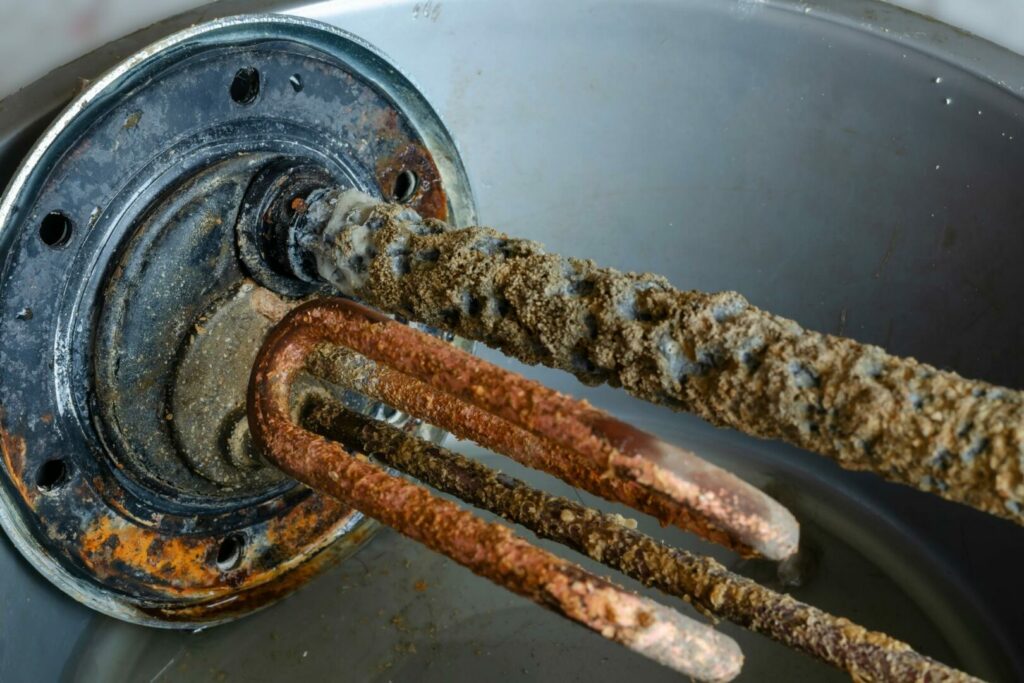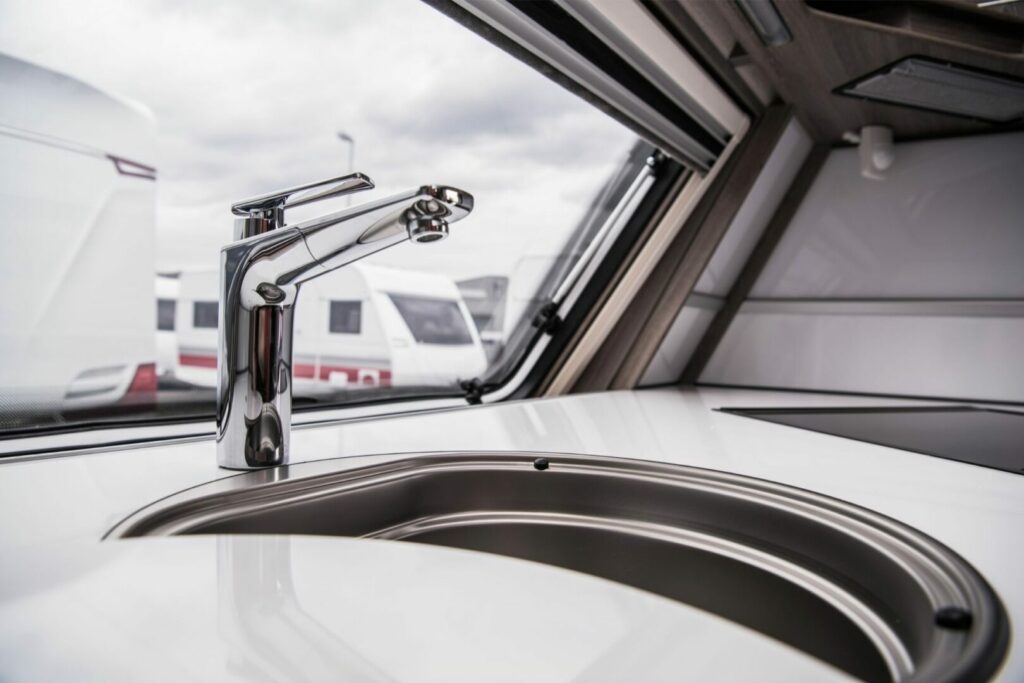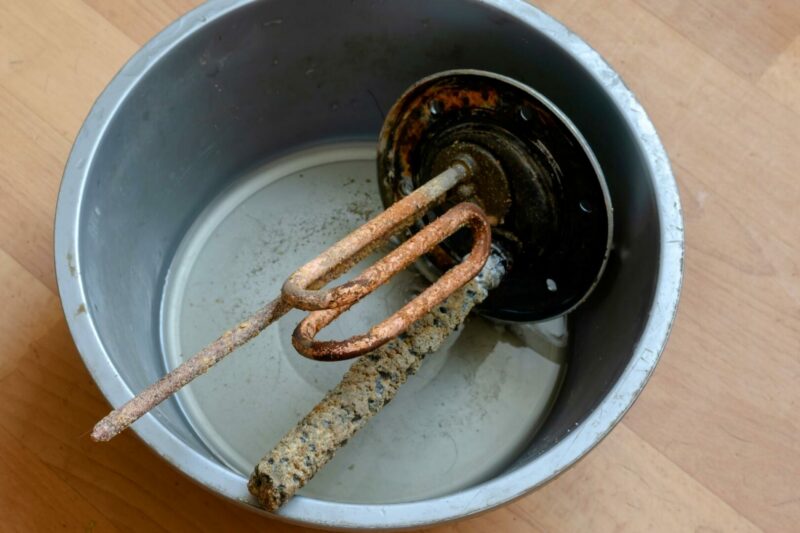Table of Contents Show
Whether you’re doing dishes or taking a shower, it’s nice to have hot water in your RV. Replacing a water heater in an RV can cost upwards of $800 to $1000. You likely want to avoid this major hit to your bank account as much as possible. So today, we’re looking at how an RV water heater anode rod can help you avoid a costly repair.
Let’s get started!
What Does a Water Heater Anode Rod Do?
An anode rod attracts sediment and other corrosive elements that make their way into your water heater. The anode rod sacrifices itself to protect your water heater from corrosion and increases the water heater’s longevity.
As the elements eat away at the magnesium anode rod, it releases electrons into the water. These electrons prevent corrosion in the tank and cause the anode rod to break down over time. By regularly checking your anode rod, you can increase the chances of replacing it before damage is done to your water heater.
How Often Should You Check Your RV Anode Rod?
You should check your RV’s anode rod at least twice a year. Because you should thoroughly flush out your water heater tank before winterizing your RV, this is also a great time to check the anode rod. However, if you live in a region that doesn’t require you to winterize your RV, you’ll want to do it every six months.

How Do I Know If My RV Anode Rod Is Bad?
Many RVers make the mistake of replacing their anode rod too early. These rods typically last two to three years, depending on how you use your RV. If you’re traveling full-time in your RV, you’ll likely experience a shorter lifespan than if you’re using your RV seasonally.
You’ll know if your RV anode is bad if more than 75% of the rod has dissolved. If it has, you’ll want to replace it. If not, note how much is left and consider ordering a replacement if it’s nearing the end of its lifespan.

Keep in Mind: Proper maintenance is important to ensure your RV is a comfortable place to live. Here are 5 annual RV maintenance tasks you can do yourself.
How to Replace Your RV Water Heater Anode Rod
To replace the anode rod, you’ll first need to locate your water heater door. Your RV dealer should have pointed it out to you when purchasing, but it’s typically a black metal door on the side of your RV. Open the door and look for a hexagonal bolt. Unscrewing this hexagonal bolt will allow you to easily pull out, check, and replace the anode rod if necessary. However, don’t get too far ahead of yourself.
Before unscrewing the hexagonal bolt, turn off the water heater and the water supply, and drain the pressure from the water lines. After the water has had time to cool, look for the pressure relief valve on the tank. Failure to let the water cool down or relieve the pressure could result in scalding water shooting out as you loosen the bolt.
Next, unscrew the bolt and pull out the anode rod.
Replace the rod if necessary and properly flush your water heater. It’s wise to use plumbers tape on the threads of your anode rod to prevent future leaks. Make sure you tighten the anode rod snuggly, but don’t muscle it so much that you overtighten it.

Are RV Anode Rods Standard Size?
RV anode rods are typically a standard size. They’re most commonly 9.25” long and use ¾” threads that require a 1-1/16” socket. However, it’s best to confirm any specifics regarding your water heater with the manufacturer.
Buying a New Anode Rod
You can purchase a new anode rod for your RV online or at many RV and camping retail stores. Places like Camping World, Gander Mountain, and even Home Depot and Lowes all sell RV water heater anode rods.
Pro Tip: Check out these RV items you didn’t know you could get at Lowe’s.
RV Anode Rods Don’t Have to Be Complicated
Protecting your water heater by maintaining your anode rod isn’t difficult. It’s essential to have a few tools on hand and a spare anode rod just in case. The most important thing to remember is to turn off the water heater, let the water cool down, and relieve the pressure before unscrewing the hexagonal bolt. Failure to do so could result in severe injury.
Have you changed your anode rod lately?






